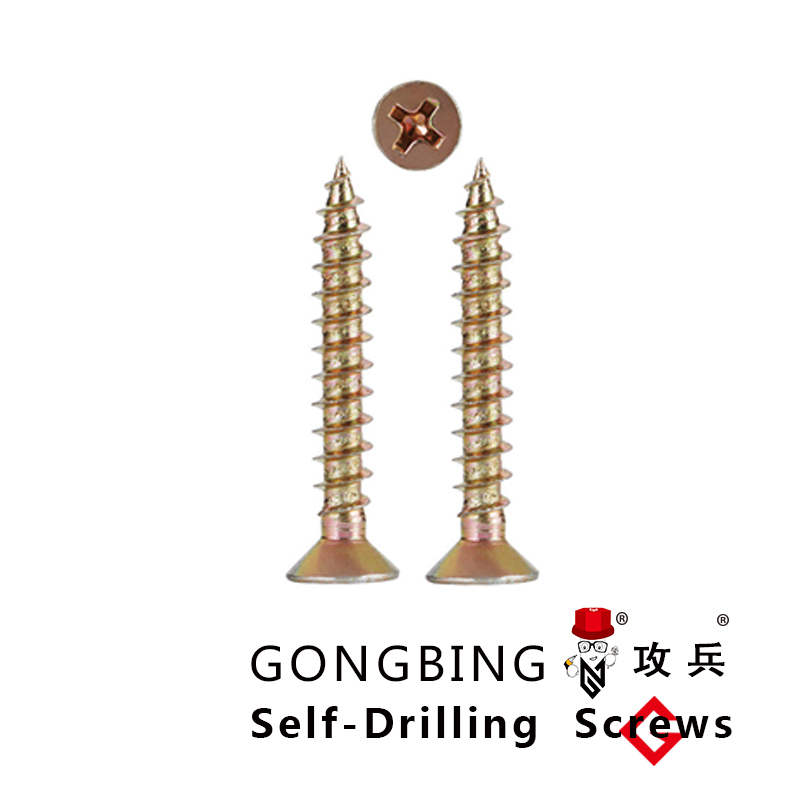foundation fasteners
Understanding Foundation Fasteners Key Components in Construction
In the world of construction, ensuring the stability and durability of structures is paramount. Among various elements that contribute to this stability, foundation fasteners play a crucial role. These specialized hardware components are designed to secure buildings and other structures to their foundations, enhancing their resistance to various forces such as wind, seismic activity, and soil movement.
Foundation fasteners come in a variety of shapes and sizes, tailored to meet the specific needs of different construction projects. The most common types include anchor bolts, helical piles, and tie-downs. Each of these fasteners performs a unique function, but collectively they serve to create a solid connection between the structure and its foundation.
Anchor Bolts
One of the most widely used foundation fasteners is the anchor bolt. These bolts are embedded in the concrete foundation and provide a means to attach structural components such as steel columns and wall frames. They come in various lengths, diameters, and grades, offering flexibility to engineers and builders. The design of anchor bolts must comply with local building codes and engineering specifications to ensure they can withstand the loads exerted upon them.
Helical Piles
Adjusting to diverse soil conditions is a critical aspect of foundation design. In situations where traditional footing methods may not suffice, helical piles present a viable alternative. These are screw-like steel foundations that are drilled into the ground. As they are installed, they create minimal disturbance to the surrounding soil, making them ideal for tight or sensitive locations. Helical piles provide excellent load-bearing capabilities and can be used in both new construction and retrofitting projects.
foundation fasteners

Tie-Downs
In regions susceptible to extreme weather conditions, such as hurricanes or tornadoes, tie-downs serve as a vital component in providing additional stability. These devices anchor the roof and walls of a building to its foundation, preventing uplift and lateral movement during high winds. Tie-downs can be made from steel or other durable materials, ensuring they remain effective over time. Their installation is often done in conjunction with other fasteners to create a comprehensive structural system that can withstand severe environmental stresses.
Importance of Quality and Compliance
When it comes to foundation fasteners, quality cannot be overstated. Using substandard materials can lead to catastrophic failures, endangering lives and resulting in costly repairs. It is essential for builders and contractors to source fasteners from reputable suppliers who adhere to industry standards and regulations. Proper installation techniques also play a vital role in ensuring the effectiveness of these fasteners.
Conclusion
Foundation fasteners are integral to the integrity and safety of construction projects. Whether utilizing anchor bolts, helical piles, or tie-downs, these components contribute significantly to a structure's ability to withstand various forces. By selecting high-quality fasteners and ensuring compliant installation practices, builders can enhance longevity and resilience, ultimately fostering safer communities. As the construction industry continues to evolve, the role of foundation fasteners remains central in the quest for stability and safety in building design.
-
Weatherproof Plastic Expansion Anchors for OutdoorNewsJun.06,2025
-
Sustainability in the Supply Chain: Eco-Friendly TEK Screws ProductionNewsJun.06,2025
-
Load-Bearing Capacity of External Insulation FixingsNewsJun.06,2025
-
Double Head Bolts: Enhancing Efficiency in Industrial MachineryNewsJun.06,2025
-
Corrosion Resistance in Chipboard Screws: Coatings for Wholesale DurabilityNewsJun.06,2025
-
Butterfly Toggle Bolts : Enhancing Structural ResilienceNewsJun.06,2025
